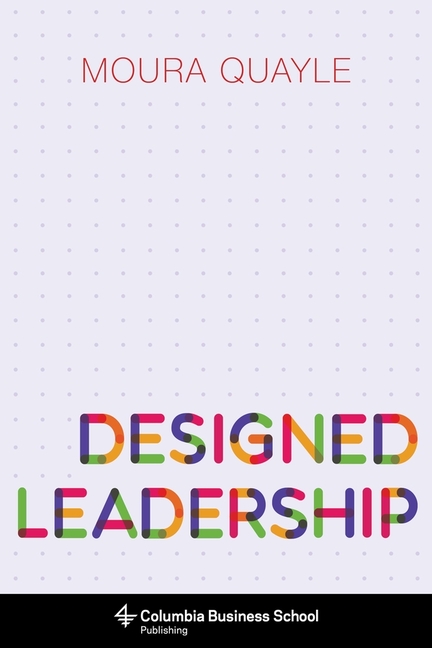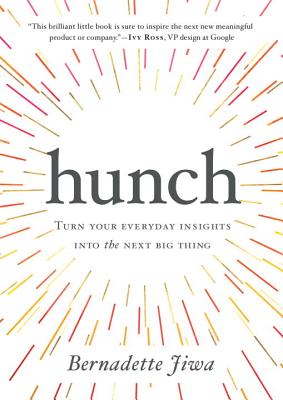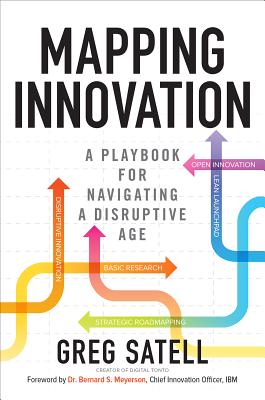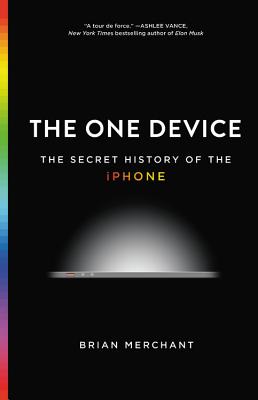Inside the Longlist: The Best Innovation & Creativity Books of 2017
November 29, 2017
These are the five books on Innovation & Creativity published in 2017 that we feel rise above the rest.
Innovation and creativity are topics that run through every category of our awards, but we still feel it necessary to give them their own category. That is because they are not only the lifeblood of business, but of the world. It is literally the stuff our human history and culture is made of—how we change, progress, adapt, and evolve as a species. And as businesses are increasingly beginning to recognize that it is the most important ability to ensure their own continued existence, it is a category that will endure on its own even as it seeps into every other aspect of business, and as others seep into it.
The best five book on innovation and creativity this year reflect that cross-pollination.

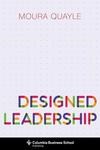 Designed Leadership by Moura Quayle, Columbia Business School Publishing
Designed Leadership by Moura Quayle, Columbia Business School Publishing
Design thinking is usually associated with computer science and artificial intelligence, and linked to digital user interfaces and experience. Designed Leadership provides a deeper history of design thinking, tracing it back to its origins in the original user interface—that of humans in the real world of built-environment design, landscape architecture, and urban planning. That broader perspective also gives us a glimpse of future possibilities, and the tools we need to bring them about. Moura Quayle teaches us how to think visually and spatially, explains how drawing and writing can be used to clarify complex issues, and even teaches you how to design the physical space you work in. She encourages setting up studio environments in the workplace, in which ongoing, active learning and sharing of ideas can occur, and using it as a type of pedagogy and process for ongoing innovation. She encourages business schools to integrate design practices, and design schools to integrate business knowledge.
 Hacking Growth: How Today's Fastest-Growing Companies Drive Breakout Success by Sean Ellis & Morgan Brown, Crown Business
Hacking Growth: How Today's Fastest-Growing Companies Drive Breakout Success by Sean Ellis & Morgan Brown, Crown Business
Sean Ellis coined the term “growth hacker” almost a decade ago, and it has since become a standard part of the business lexicon. What began as a marketing tool has been expanded into an all-purpose tool for product innovation, customer growth, and continuous improvement that entrepreneurs and established enterprises alike have successfully implemented. He has now written the definitive guide to the process with Morgan Brown, with whom he launched GrowthHackers.com. They walk you through the process of rapid iteration and continuous testing of ideas that attracts and engages new customers, and tell you how to establish a growth team to do that work. Rather than surviving in a world dominated by disruption, data, and increasing speed, it teaches you to harness those conditions to sustain and even accelerate growth. It is a methodology that has been used by many of today’s most successful companies, and can be immediately implemented on any scale in any company.
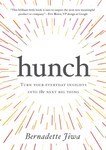 Hunch: Turn Your Everyday Insights Into The Next Big Thing by Bernadette Jiwa, Portfolio
Hunch: Turn Your Everyday Insights Into The Next Big Thing by Bernadette Jiwa, Portfolio
The best endorsement of Bernadette Jiwa’s Hunch I can give is that our General Manaer, Sally Haldorson, began implementing it in our internal conversations and her own decision making before she even finished it. While some of the other entries in this category are more data driven, this is a book that teaches you how to trust yourself and your own instincts. Jiwa teaches us to leverage our curiosity, empathy, and imagination to solve problems and create new opportunities. As Sally wrote in her review, “no amount of forethought or planning or information gathering can guarantee a positive result, though not trying guarantees no result at all.” We can become paralyzed by the mass of digital data that we are now able to gather. At some point, we need to move beyond the data provided by algorithms, which is never perfect, reincorporate the data we’ve collected organically through experience over the course of our lives, and make decisions. Jiwa helps strike the right balance to do that with human thought and insight.
 Mapping Innovation: A Playbook for Navigating a Disruptive Age by Greg Satell, McGraw-Hill
Mapping Innovation: A Playbook for Navigating a Disruptive Age by Greg Satell, McGraw-Hill
Mapping Innovation begins, quite literally, by mapping the history of the innovation (actually, a series of innovations) that led to the personal computer. It is, in the author’s words, a “tangled and bewildering” chain of events. And, while it is a great thread to unravel, and many great books have been dedicated to unraveling the backstories and side stories of such innovations, it doesn’t usually help us understand how to go about pursuing it, or even how to define it. “Fortunately,” Satell writes, “there is an answer, and it starts with asking the right questions to define the problems you seek to solve.” His book will help you compose those questions, give you the tools you need to keep up with the pace and change, and a roadmap to navigate it. He’ll explain why innovation has to be a collective effort, and how it is different in the digital age than it has ever been before—why the very nature of change itself is undergoing a transition.
 The One Device: The Secret History of the iPhone by Brian Merchant, Little, Brown and Company
The One Device: The Secret History of the iPhone by Brian Merchant, Little, Brown and Company
Our special projects coordinator, Michael Jantz, curated this category for us this year. I was talking over the books that were coming in with him at the beginning of the awards season, and told him to not sleep on The One Device—a book I reviewed earlier in the year and loved. He was a bit skeptical, saying that he didn’t think a definitive history of the iPhone could be written yet, as it was still unfolding. He was wrong. This book is a bit different from the others in that it is an exploration of a specific invention, but embarking on it, Brian Merchant reveals the true nature of creativity as well as any book I’ve ever read. He traces the technologies and minerals that make up the iPhone around the Earth and back through time, and has written a riveting account of the real-world, collective, accumulated innovation that led to the most iconic consumer product of our time. In doing so, he explodes the myth of individual genius, and gives us an understanding of how innovation occurs in the world. It is, as I wrote in my review earlier this year, “as much about the evolution of ideas and human interconnectedness and interdependence as it is about the iPhone.”


